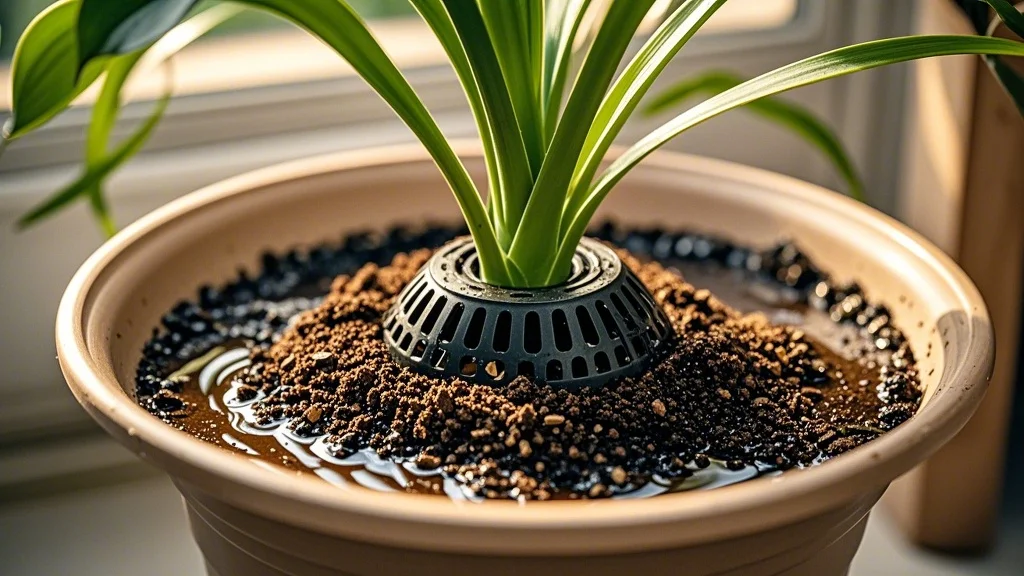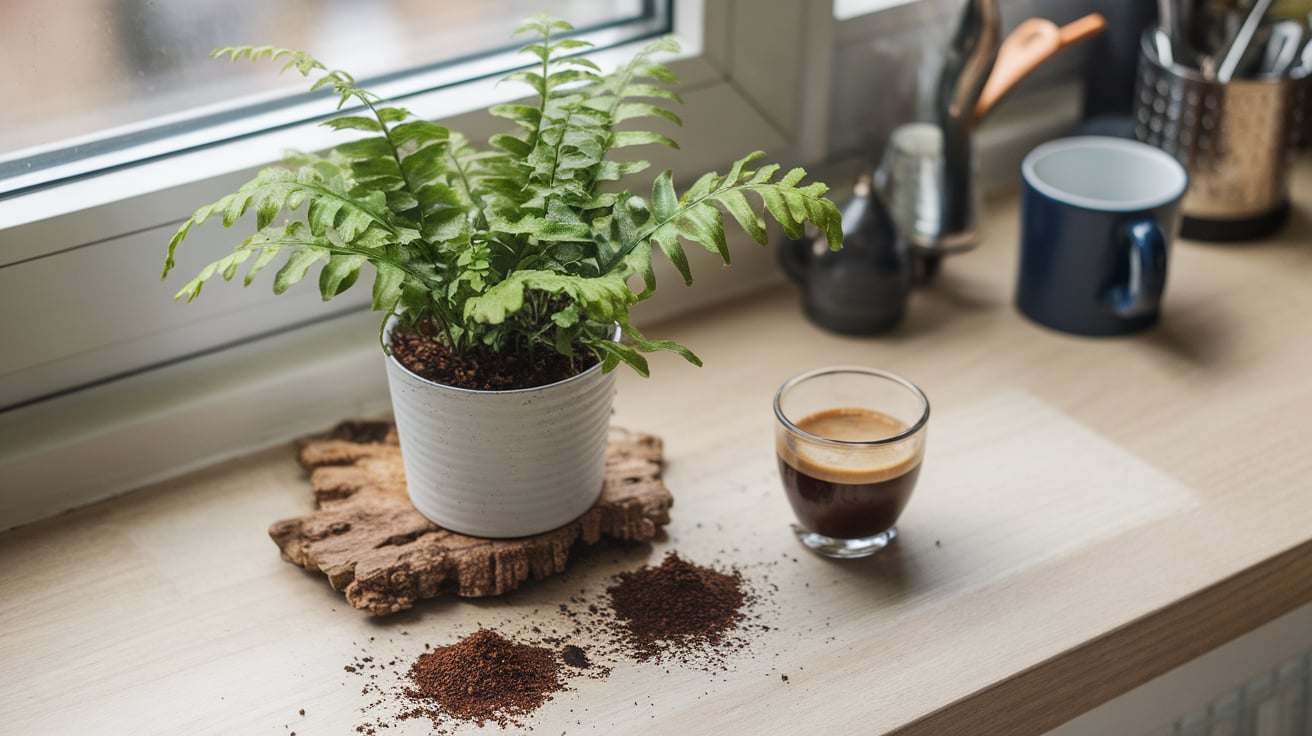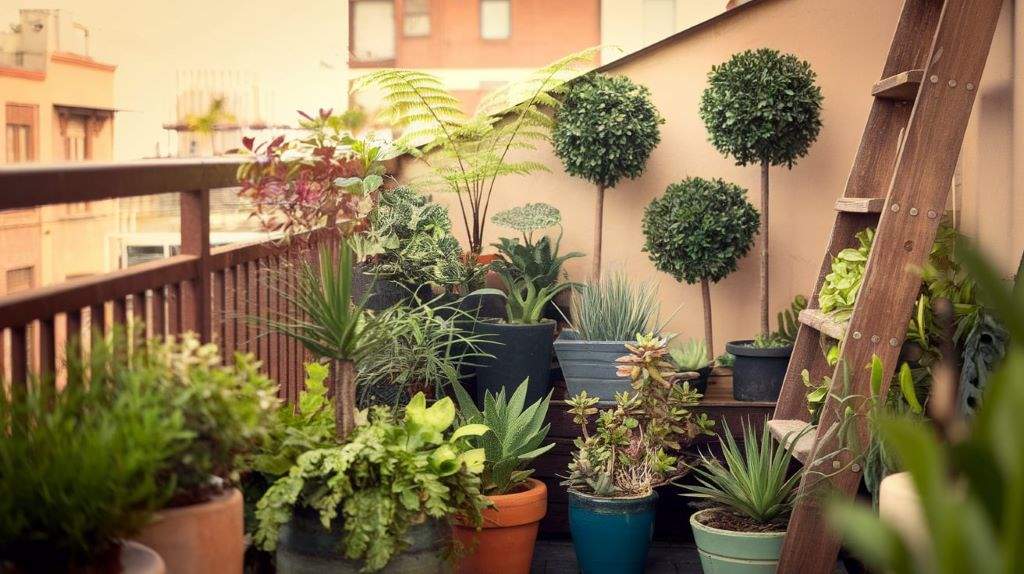Compost tea is a powerful, natural fertilizer that can significantly enhance the health and vitality of your houseplants. This nutrient-rich liquid is made by steeping compost in water, creating a brew teeming with beneficial microorganisms and soluble plant nutrients. For eco-conscious urban gardeners and DIY enthusiasts, making compost tea is an excellent way to provide balanced nutrition to your indoor plants while reducing waste and avoiding synthetic fertilizers.
The process of making compost tea is relatively simple, requiring minimal equipment and materials. With a little effort and patience, you can create a potent plant booster that will nourish your houseplants, improve soil structure, and increase resistance to pests and diseases. This guide will walk you through the steps to create your own compost tea, apply it effectively, and troubleshoot common issues.
Contents
Tools and Materials
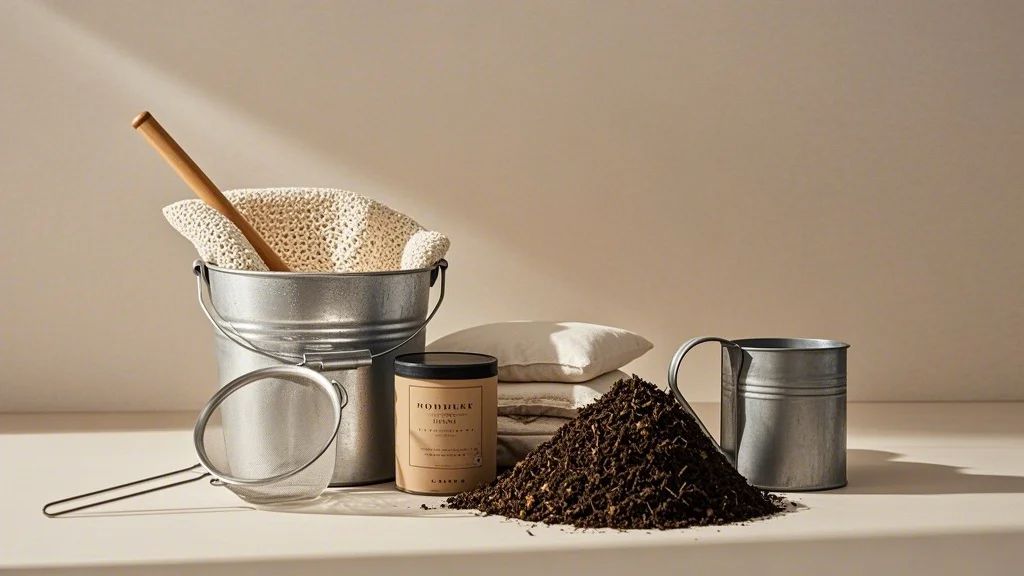
Essential Tools:
- 5-gallon bucket
- Porous bag (like a pillowcase or large tea bag)
- Stirring stick
- Strainer or cheesecloth
- Watering can
Essential Materials:
- High-quality finished compost (about 2 cups)
- Dechlorinated water (5 gallons)
- Unsulfured molasses (optional, 1 tablespoon)
Optional Alternatives:
- Air pump and air stone for aerated compost tea
- Worm castings instead of regular compost
- Kelp meal or fish emulsion for added nutrients
Preparation
Time and Space Requirements:
- Brewing time: 24-48 hours
- Space: A shaded outdoor area or well-ventilated indoor space
Safety Precautions:
- Wear gloves when handling compost
- Keep the brewing tea away from children and pets
- Use only in well-ventilated areas to avoid odor buildup
Plant Preparation:
- Identify which plants need fertilizing
- Water plants thoroughly before application
- Check for any signs of pest infestation or disease
Step-by-Step Guide
Step 1: Prepare the Compost
- Fill your porous bag with about 2 cups of finished compost.
- Tie the bag securely, leaving enough room for water to circulate.
Step 2: Set Up the Brewing Container
- Fill the 5-gallon bucket with dechlorinated water.
- If using tap water, let it sit for 24 hours to allow chlorine to evaporate.
- Submerge the compost-filled bag in the water.
Step 3: Add Nutrients and Begin Brewing
- If using, add 1 tablespoon of unsulfured molasses to feed beneficial microbes.
- Stir the mixture thoroughly.
- If using an air pump, set it up now to oxygenate the tea.
- Cover the bucket with a loose-fitting lid or cloth to prevent debris from falling in.
- Let the mixture steep for 24-48 hours, stirring occasionally if not using an air pump.
Step 4: Strain and Dilute
- After brewing, remove the compost bag and squeeze out any excess liquid.
- Strain the tea through a cheesecloth or fine mesh strainer to remove any particles.
- Dilute the tea with water at a ratio of 1:10 (one part tea to ten parts water) for a general-purpose fertilizer.
Step 5: Application
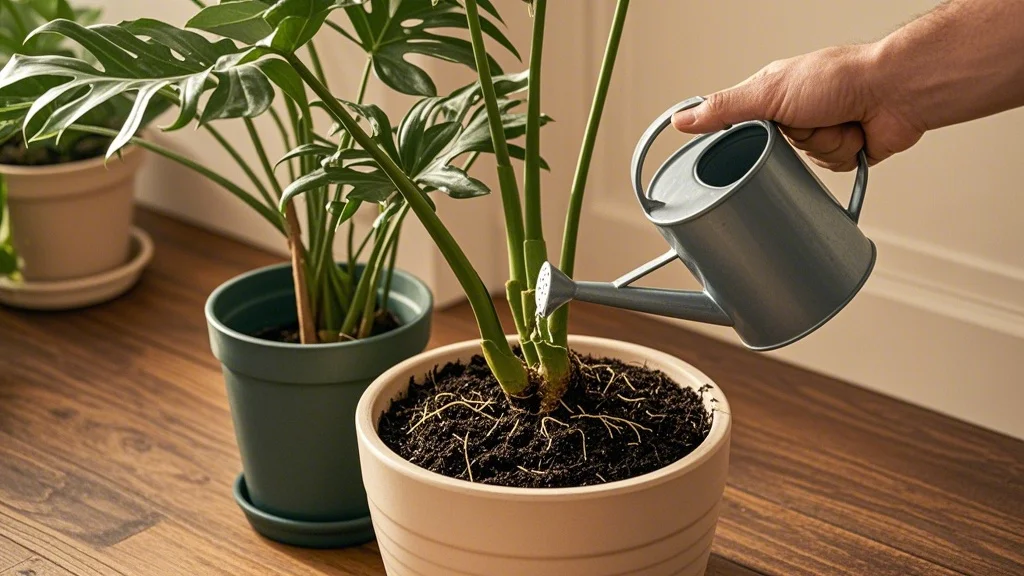
- Pour the diluted tea into a watering can.
- Apply to the soil around your plants, avoiding direct contact with leaves.
- Use immediately for best results, as the beneficial microbes begin to die off quickly.
5. Troubleshooting and Adjustments
Common Challenges:
- Foul odor: This indicates anaerobic conditions. Ensure proper aeration by stirring more frequently or using an air pump.
- Weak tea: Increase brewing time or use more compost in your next batch.
- Mold growth: Discard the batch and start over, ensuring cleaner conditions and better aeration.
Solutions and Adjustments:
- For stronger tea, increase the amount of compost or brewing time.
- If plants show signs of nutrient burn, dilute the tea further.
- Experiment with different compost sources to find the best blend for your plants.
Variations for Different Plant Types:
- Acid-loving plants: Add a small amount of vinegar to lower pH.
- Flowering plants: Include banana peels in your compost for extra potassium.
- Leafy plants: Use compost rich in nitrogen sources like grass clippings.
6. Aftercare
Immediate Care:
- Monitor plants closely for the first few days after application.
- Water plants as usual, avoiding overwatering.
Long-term Maintenance:
- Apply compost tea every 2-4 weeks during the growing season.
- Rotate with other organic fertilizers for a balanced nutrient profile.
- Continue regular plant care practices like pruning and pest monitoring.
Signs of Success:
- Increased leaf growth and vibrant color
- Stronger stems and improved overall plant structure
- Better resistance to pests and diseases
- Improved soil structure and water retention
7. Frequently Asked Questions (FAQ)
-
Q: Can I use compost tea on all my houseplants?
A: While compost tea is generally safe for most plants, it’s best to start with a small application and observe the results. Some sensitive plants may prefer a more diluted solution.
-
Q: How long can I store compost tea?
A: For best results, use compost tea immediately after brewing. If necessary, you can store it for up to 24 hours, but the beneficial microbes will start to die off, reducing its effectiveness.
-
Q: Is it safe to use compost tea on edible plants?
A: Yes, compost tea is safe for edible plants. However, ensure you’re using well-decomposed compost free from any harmful pathogens. Always wash your produce thoroughly before consumption.
-
Q: Can I apply compost tea to plant leaves as a foliar spray?
A: Yes, you can use compost tea as a foliar spray, but dilute it further (1:20 ratio) and apply early in the morning or late evening to prevent leaf burn. Avoid spraying flowering plants.
-
Q: How does compost tea compare to synthetic fertilizers?
A: Compost tea provides a more balanced, slow-release nutrition profile compared to synthetic fertilizers. It also improves soil health and plant resistance to diseases, which synthetic fertilizers don’t typically offer.
8. Conclusion
Creating and using compost tea is a rewarding process that can significantly boost the health and vitality of your houseplants. By following these steps – preparing your materials, brewing the tea, applying it correctly, and monitoring your plants – you can harness the power of natural, organic fertilization.
Remember the key steps:
- Gather high-quality compost and materials
- Brew the tea for 24-48 hours
- Strain and dilute appropriately
- Apply to your plants’ soil
- Monitor and adjust as needed
Don’t be afraid to experiment with different compost sources and brewing methods to find what works best for your urban garden. With patience and observation, you’ll soon see the benefits of this natural nutrition boost in your thriving houseplants. Happy brewing and growing!

